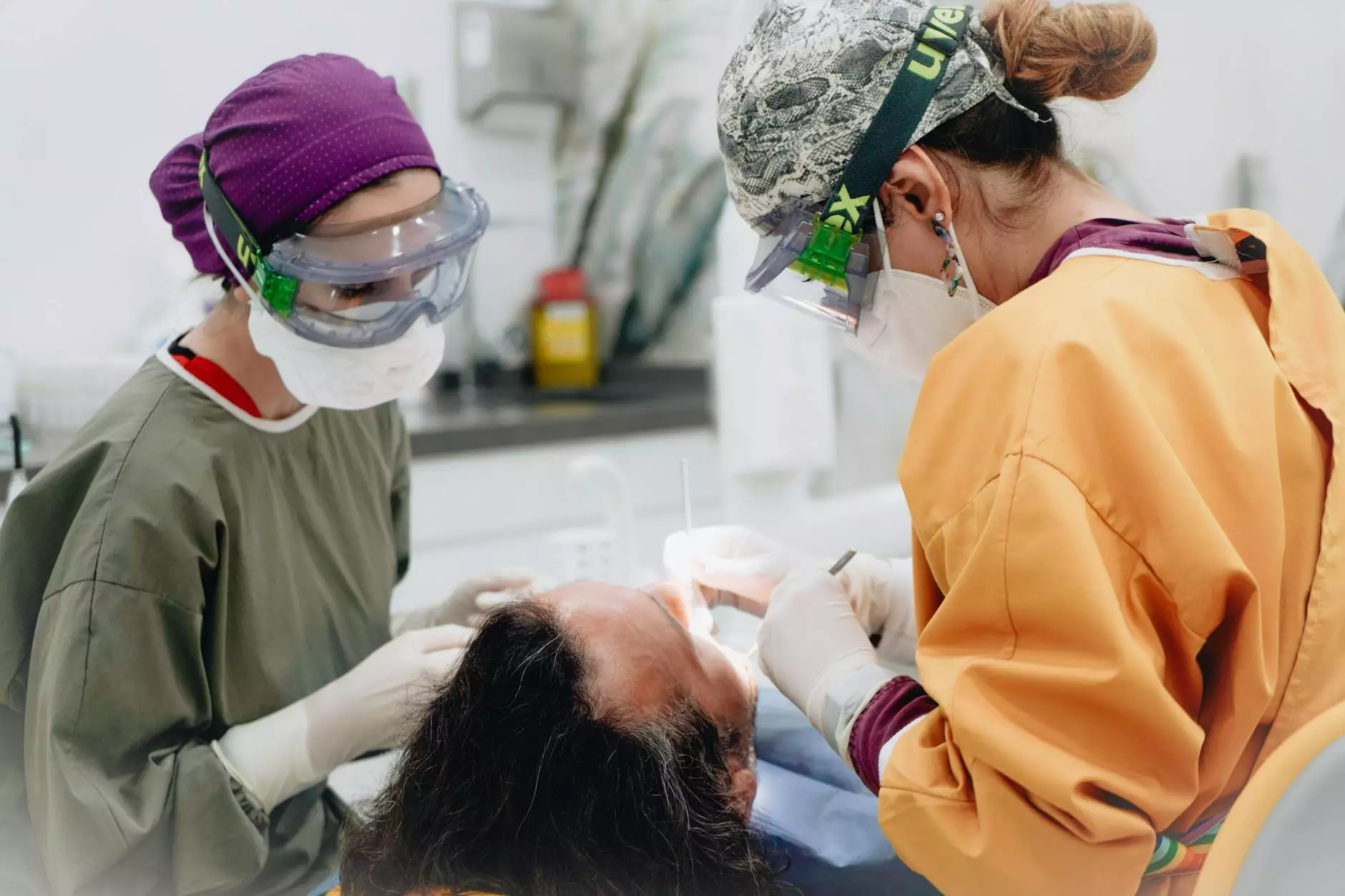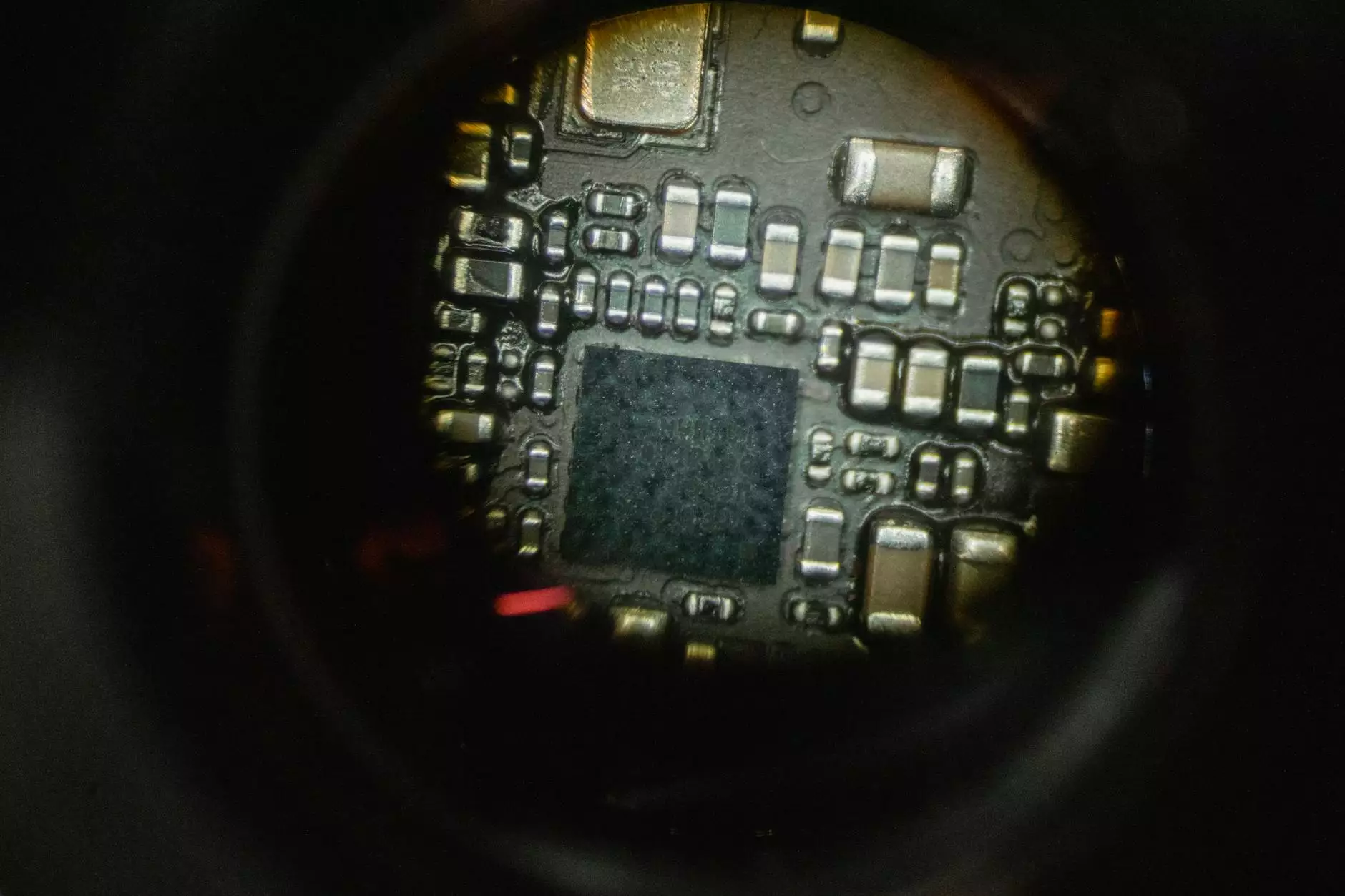Understanding the Hysteroscopy Procedure: A Comprehensive Guide

The hysteroscopy procedure is a critical medical examination that provides valuable insights into a woman's reproductive health. This minimally invasive procedure involves the use of a specialized instrument called a hysteroscope, which allows doctors to visualize the inside of the uterus. In this article, we will delve deep into the hysteroscopy procedure, exploring its necessity, the process involved, preparation tips, associated risks, and what to expect during recovery.
What is Hysteroscopy?
Hysteroscopy is a diagnostic and therapeutic procedure that allows medical professionals to view the interior of the uterus. The hysteroscope is usually inserted through the vagina and cervix, providing a direct line of sight. There are two primary types of hysteroscopy: diagnostic and operative.
- Diagnostic Hysteroscopy: This is performed solely for the purpose of examining the interior of the uterus.
- Operative Hysteroscopy: This type not only involves visualization but also allows for surgical procedures, such as the removal of fibroids or polyps.
Reasons for the Hysteroscopy Procedure
The hysteroscopy procedure can be recommended for several reasons:
- Unexplained bleeding: Heavy menstrual bleeding or bleeding between periods may prompt further investigation.
- Uterine anomalies: To diagnose structural abnormalities such as fibroids, polyps, or congenital malformations.
- Infertility evaluation: Hysteroscopy may be employed to check the uterine cavity in cases of infertility.
- Postmenopausal bleeding: Any bleeding that occurs after menopause should be investigated.
- Preparation for surgery: To assess the uterine lining before procedures such as in vitro fertilization (IVF).
Preparing for the Hysteroscopy Procedure
Initial Consultations
Before undergoing a hysteroscopy procedure, patients need to engage in a thorough consultation with their healthcare provider. This includes discussing:
- The patient's medical history
- Any current medications or allergies
- Symptoms leading to the need for a hysteroscopy
Pre-Procedural Instructions
Preparation may also include specific instructions to ensure the procedure goes smoothly:
- Avoiding certain medications, especially blood thinners, as advised by the physician.
- Not eating or drinking for several hours before the procedure.
- Arranging for someone to drive you home afterward, as sedation is often used.
The Hysteroscopy Procedure: Step-by-Step
1. Anesthesia Administration
The hysteroscopy procedure usually begins with the administration of anesthesia. This may be local, regional, or general, depending on the complexity and length of the procedure.
2. Positioning the Patient
Once anesthetized, the patient is positioned on an examination table. The doctor will place a speculum in the vagina to visualize the cervix.
3. Insertion of the Hysteroscope
Next, the hysteroscope, which is equipped with a camera and light source, is gently inserted through the cervix into the uterus. Carbon dioxide or sterile fluid may be used to distend the uterine cavity for better visibility.
4. Conducting the Examination
During the procedure, the doctor will carefully inspect the uterine walls and any abnormalities, taking photographs or recording video for further analysis.
5. Performing Procedures
If an operative hysteroscopy is being performed, the physician may remove polyps, fibroids, or perform biopsies as necessary.
6. Completion and Recovery
After completing the examination or any required treatment, the hysteroscope is withdrawn, and the patient is moved to a recovery area.
Benefits of the Hysteroscopy Procedure
The hysteroscopy procedure offers several significant benefits:
- Minimally Invasive: It is a less invasive option compared to traditional surgical methods.
- Quick Recovery: Patients often experience a shorter recovery time, allowing them to return to their daily activities promptly.
- Immediate Results: Procedural findings can lead to immediate treatment decisions.
- Diagnosing Conditions: It assists in diagnosing and addressing various uterine conditions effectively.
Risks and Considerations
While the hysteroscopy procedure is generally safe, certain risks are associated with it. These can include:
- Infection: There is a slight risk of infection following the procedure.
- Heavy Bleeding: Some patients may experience bleeding that requires additional medical attention.
- Uterine Perforation: Although rare, there is a possibility of the hysteroscope perforating the uterine wall.
- Adverse Reactions to Anesthesia: As with any procedure involving anesthesia, there may be rare reactions.
What to Expect After the Hysteroscopy Procedure
Immediate Aftercare
Post-procedure, patients may experience some mild cramping or spotting. These symptoms are generally temporary but should be monitored closely.
Follow-Up Appointment
A follow-up appointment with the healthcare provider is essential to discuss the findings from the hysteroscopy and any recommended next steps or treatments.
Recovery and Resuming Activities
Most women can return to normal activities within a day or two. However, it's advisable to avoid strenuous activities, swimming, or sexual intercourse for at least a week or as advised by the physician.
Conclusion
The hysteroscopy procedure serves as a vital tool for diagnosing and treating various uterine conditions, enhancing women's health care. With its minimally invasive nature and the ability to provide immediate results, hysteroscopy has become a preferred choice for many gynecological concerns. Understanding the procedure, its benefits, and the care involved is essential for anyone considering this important medical examination. If you think you might require a hysteroscopy, consult with a qualified healthcare provider, such as those at drseckin.com, to ensure comprehensive care tailored to your needs.









